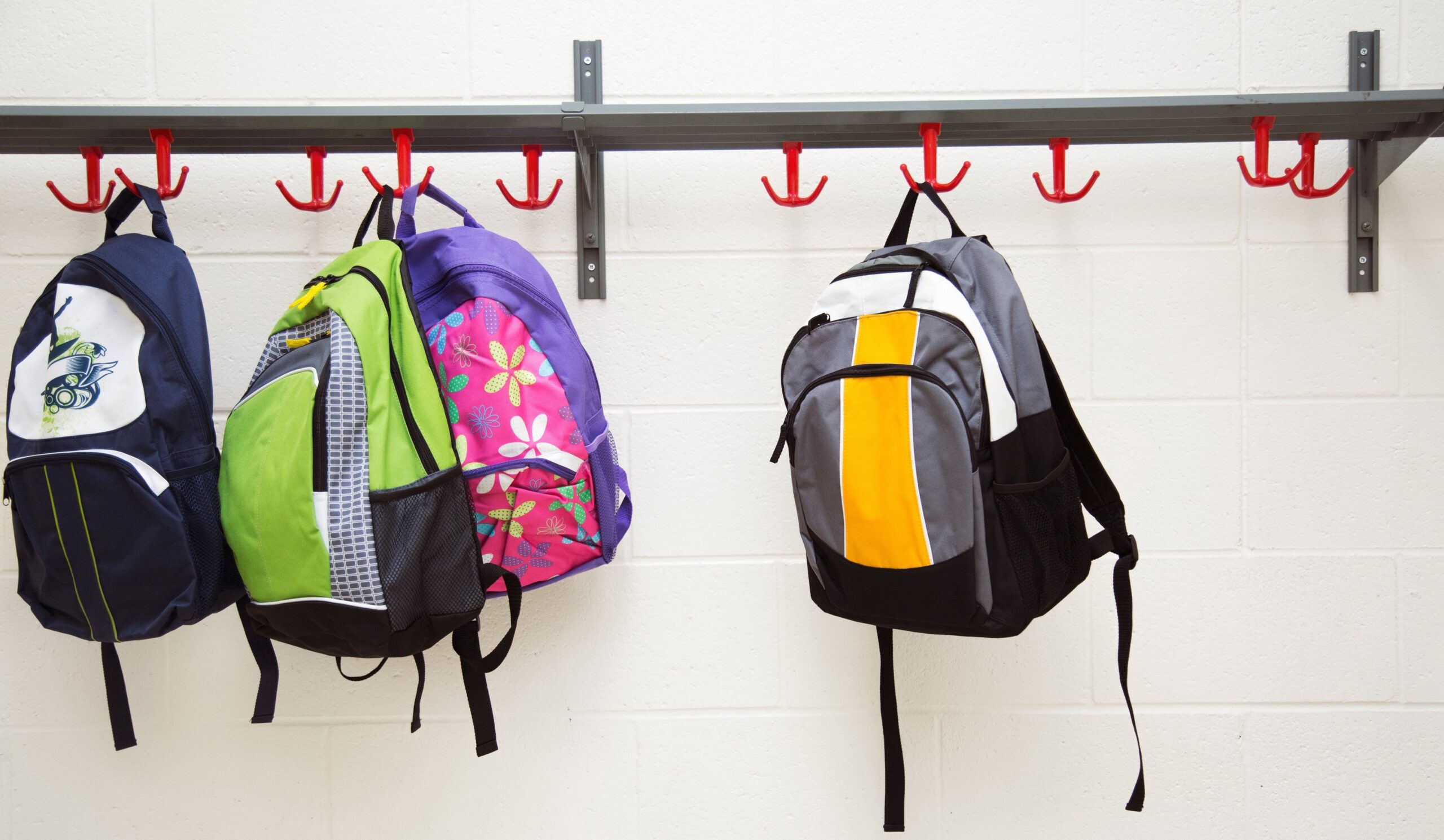Hybrid instruction can feel a bit like juggling–it offers all the challenges of in-person teaching while you also teach an online lesson.
But a good model can really make a difference so this video of math teacher Jill Mattis (Bethlehem Central Middle School (NY)) is super-helpful. As a double bonus, I got to ask Jill some questions about her lesson and her answers are just as good as the video.
So, first, here are three minutes of Jill’s math class:
Six Practices Appreciated
1. Her mix of questions is outstanding. Jill toggles between kids in the class and at home in an almost-alternating pattern via a variety of cold call questions and volunteer question (i.e. where students raise their hands). One result is that it all feels like a seamless whole—the message is: we are all in this class together. In many hybrid rooms it feels like one group or the other is on stage and the other is on the back burner. Jill goes back and forth so effortlessly, question by question, that students always feel relevant and like they are in the game. There isn’t even any, “Okay, now let’s hear from someone at home…”. She just calls on Henry, who’s at home. This is accentuated by the combination of Cold Call, which keeps them lovingly on their toes, and volunteers, which rewards students who choose to participate.
I asked Jill about this and her comments were insightful:
- TLAC: “Were the kids at home raising their hands, were you cold calling them or both?
- Jill: “I like to do a little of both. I will definitely call on the students that have their hands raised at home for the first few problems, but then I like to cold call on others to make sure they are there and paying attention. When you wait a few examples in to do this, I find that students are more comfortable being cold called because they know if they are getting the first few problems right or wrong.”
2. Pacing matters: Jill’s students are focused, attentive, and on the ball. I asked her why and she said she didn’t do anything special, but in many ways her teaching incentivizes it. There’s no downtime. They’re always active so they feel involved.
3. Having cameras on makes a big difference: Jill sees her students, understands the affect of their responses, and sees what they are doing and holds them lovingly accountable. It also makes it easier for class members to respond and build community among peers. It’s hard to connect with your listener when your listener is a blank screen that says “David.”
I asked Jill about this and she had a really great insight about why cameras should be on and how hands should be raised:
- “Google Meets recently had changed their setup so that students have a “raised hand” feature. I find this feature annoying because it makes the same sound as the chat feature, but also because when I’m looking at the kids in the room, the main board to write on, and then my laptop where the kids are at home, the icon is so small it’s difficult to see quickly who raised their hand. So, my expectation is that when you are participating, you must have your camera on so that I can physically see you raise your hand and see you answer or ask a question.”
4. Jill’s use of the screen. Students at home can see both classmates in the room and the “board” where she’s doing work. The visuals are simple and easy to follow. You want your screen to be simple visually so students aren’t distracted by extraneous content but also changing in response to the content so that it has a sort of narrative. We want to draw students eyes to the important learning places and a bit of movement does that.
5. It helps that her handwriting is so good. Jill mentioned that her secret was having her handwriting graded as a student in the Catholic schools she attended growing up. That part’s going to be harder to replicate for some of you!
6. Any questions from home? One of my favorite moments comes right at the end. “Any questions?” she asks. And then: “Any questions from home?” It’s so easy to have the question “any questions” feel like it’s really only for the in-person kids unless you’re explicit like that. Loved it!
Anyway, Jill was so insightful in answering my questions that I asked her if she had any parting advice. I thought people would find her answer helpful and insightful:
“I have 17 years teaching experience (16 in the middle school setting) so I am comfortable enough to adapt to change quickly and I always tell the students this is a learning experience for all of us and we will all make mistakes. We will see what works and doesn’t work for our experience together and make adjustments accordingly. I think teachers need to be willing to step out of their comfort zone and let the kids know that they are all in this together.”






